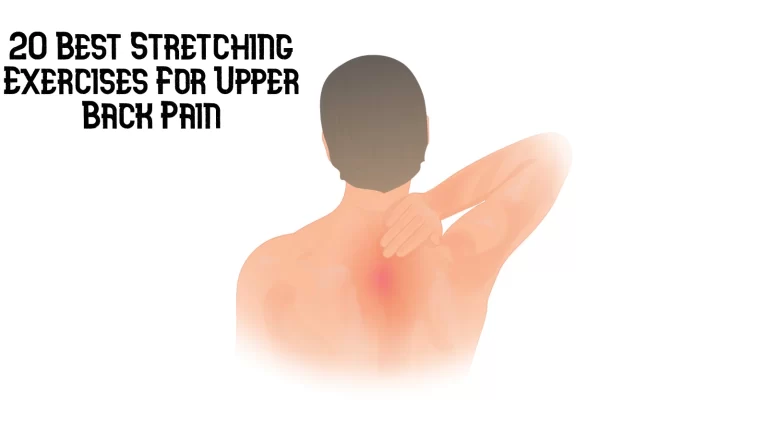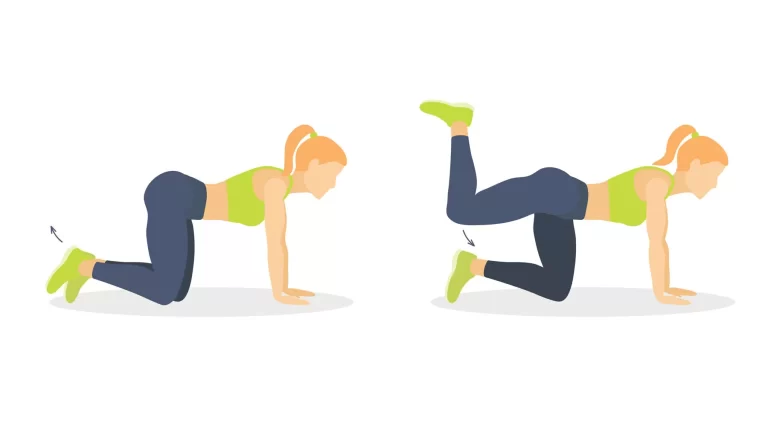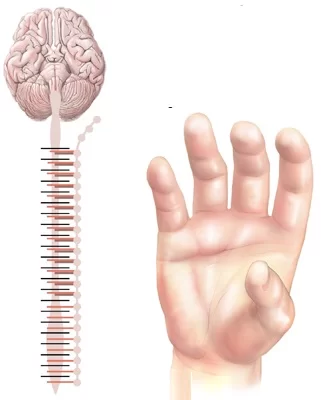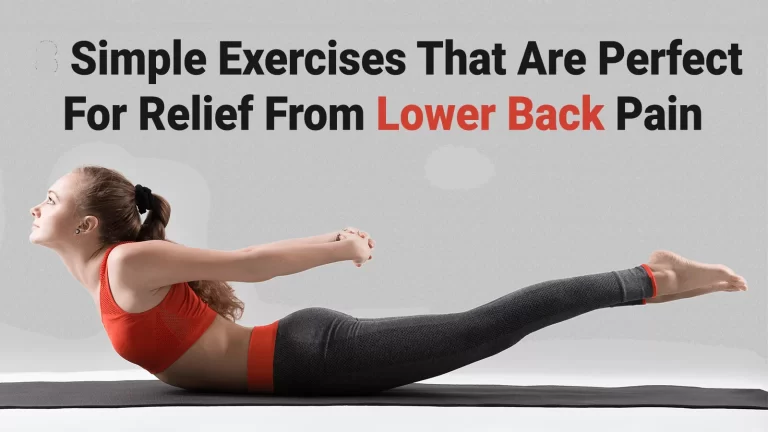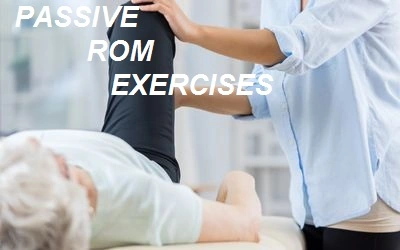Fasted Cardio
Introduction
Fasted cardio refers to cardiovascular exercise performed on an empty stomach, typically in the morning before consuming any food. This approach has gained popularity in the fitness community due to the belief that exercising in a fasted state may enhance fat burning and improve overall metabolic efficiency.
- You might have heard that working out immediately after getting out of bed will help burn fat, but is this new exercise craze really all that it’s made up to be?
- Although some lifestyles benefit from fasting cardio, consider this before attempting it for your personal weight reduction goals.
- Whether or whether you have a snack (or meal) in advance may have an effect on your drive, hunger, performance, and other factors.
- Everything you need to know about fasting cardio is included here, along with advice on whether it’s a good fit for your fitness and health objectives and how to perform it correctly.
What is Fasted Cardio?
- Simply put, fasted cardio is an exercise performed on an empty stomach. Doing a cardio exercise in the morning before consuming any food is known as “faded cardio.”
- A fasted cardio exercise should occur at least 6 to 8 hours after eating if you’re an intermittent faster—someone who follows set times of no food in between meals.
- Before beginning a fast workout, some individuals would drink coffee or take a pre-workout supplement to boost their energy.
- (A “pre-workout” is a concoction of drinks that has specific components to increase the intensity of an exercise.)
- It’s debatable whether or not this is a truly fasting workout. Regarding fasting workouts, there are no hard and fast guidelines.
- When you undertake fasted cardio, your body is not breaking down food since it is not in a condition of fasting.
- It basically refers to performing cardiac exercises without food.
- After sleeping through the night, this would often occur first thing in the morning.
- However, if you follow intermittent fasting, it can also occur later in the day.
- Fasted cardio is promoted as a means to expedite fat reduction in comparison to nonfasted exercise.
- And although it sounds fantastic, there is enough evidence to support its efficacy. Let’s explore further.
Is fasted cardio safe?
- For the most part, sure. It should be OK to include brief or moderate-length steady-state fasting cardio sessions in your regimen if you’re typically healthy.
- Fasted cardio, however, might be dangerous if you’re working out for a long time or at a high intensity because of the possibility of low blood sugar or dehydration-related adverse effects, lightheadedness, dizziness, trembling, or even fainting.
Benefits of Fasted Cardio
- Fasted cardio is gentler on the stomach for certain persons.
- And the comfort during exercise may outweigh the benefit of forgoing a pre-cardio meal.
- Aside from that, going out on an empty stomach could also have advantages for body composition.
Increased Fat Loss (Perhaps)
- Improved fat loss is one of the main benefits of fasting exercise, but does it actually burn more fat? According to some studies, exercising during a fast can help reduce body fat.
- If you skip breakfast that morning, your body won’t have access to glucose, which is its primary energy source for providing you with energy throughout physical activity.
- However, your body must find a source of fuel, therefore it will turn to your fat reserves. As a result, you burn a higher proportion of fat calories than carbs.
- However, the larger image is what really counts. When considered in the context of your total diet, this variation is negligible. Maintaining a calorie deficit which can be attained by eating less or by burning more calories via exercise is particularly crucial if your objective is to lose weight.
Might Enhance Insulin Production
- The hormone called insulin facilitates the uptake of blood sugar by your cells to provide energy.
- Type 2 diabetes is a result of impaired insulin activity, according to the Centers for Disease Control and Prevention (CDC).
- The Journal of Exercise Science & Fitness published a six-week research in 2023 that examined the effects of aerobic exercise on fasting insulin levels in adult males who were overweight or obese.
- The study found some indication that the effects of fasted cardio might be greater than none at all.
- However, it’s crucial to remember that in both the fasting and eating groups, there was a drop in weight, BMI, body fat percentage, waist and hip circumference, and cholesterol.
What does that indicate to you?
- Both strategies might assist you in reaching your goals if you want to improve your body composition.
Potentially Reduce Your Calorie Intake
- If you want to lose weight, exercising while fasting could help you cut calories more effectively than eating a meal or snack before working out.
- A 2022 research published in the Human Kinetics Journal examined the benefits of exercising two hours after eating vs 45 minutes of steady-state cycling in the evening following a seven-hour fast.
- The researchers discovered that although persons ate around 443 fewer calories overall during the day, men tended to eat more during a post-exercise meal following fasted exercise (an effect not seen in women).
- Why? Due to their fast, they missed a meal.
- The possibility that persons may have made up for those calories the next day is another point raised by the researchers.
- Nevertheless, the study found that when participants fasted, they felt less motivated and energetic to exercise, and they also reported enjoying it less.
- Compared to when they ate first, their performance decreased by around 4% during the fast. (Continue reading for further possible drawbacks of fasting cardio.)
- However, a review published in the Proceedings of the Nutrition Society in 2019 came to the overall conclusion that more research is necessary, especially long-term research, to ascertain the overall health effects of fasting versus exercise and whether any individuals would benefit more than others from this approach.
Downsides to Fasted Cardio
It’s true that some folks may not feel as well after fasting cardio exercises. Schlichter states that you could encounter:
- lightheadedness
- dizziness
- Losing consciousness
- The consequences of low blood sugar brought on by spending so long without eating are mostly responsible for these symptoms.
- Your performance is also likely to suffer especially in longer workouts if you are not feeling your finest or most energized during a fasting cardio session.
- which discovered that eating before exercise improved performance for aerobic exercises longer than one hour, whereas fasting before shorter workouts did not have a negative effect.
- It’s also critical to carefully consider why you are doing fasted cardio.
- After that, consider whether it is the best decision for your health.
- You run the risk of underfunding your body if you skip a meal in favor of fasting cardio and then eat hours later.
- Later on, this might have unfavorable implications.
- Persistent undereating while exercising can result in burnout, overtraining, hormone imbalances, and the loss of muscle and bone.
What to Know Before Trying Fasted Cardio?
- There are safe ways to perform fasted cardio if that is your preference for example, if you find that your stomach feels better after not eating before working out.
- Put it away for easier workouts.
- It is almost always a sure thing to start a HIIT session, long run, or speed exercise fasting. Save your fasting cardio for a post-exercise or a brief morning session.
- As an example
- Try a few kilometers of mild, leisurely running, or a recovery cycle or stroll.
- Limit your exercise to 30 minutes or less.
Have a Sports Drink
- We suggest consuming a sports drink if you avoid eating before working out since it makes your stomach feel bloated and uncomfortable.
- Although a sports drink contains some calories and carbs for energy, it digests more quickly and easily than solid meals.
- Since you would be consuming calories, this would not be fasted cardio, but it may be a good way to provide your body with nourishment in a comfortable way.
Have a Snack Before Bed
- Are you planning an early morning run or bike ride?
- consuming a well-balanced evening snack, which will maximize the amount of glucose (energy) your body stores before your workout.
- Nut butter and cheese, fruit and yogurt, cereal, or a slice of whole-grain bread with nut butter may all work wonders.
Refuel Following
After working on exercise, eating food helps your body heal faster. Not sure what to eat following a cardio fast?
- Eating carbs helps you store more glycogen, while protein helps your muscles heal.
- Remember that doing an early morning cardio activity and waiting until 11 or noon to break your fast will cause you to feel uncomfortable and lose out on the crucial window of time after exercise to refuel, which may limit your success if you adopt intermittent fasting.
Other Types of Exercise While Fasting
- The majority of the information covered here is also applicable to fasting strength training.
- And feels that if you’re leading a quick resistance training session (less than 30 minutes), you should be good.
- But in order to feel your best, having a meal in advance is actually necessary for high-intensity, interval-based, or long-duration strength training sessions.
- Muscle protein will be broken down more quickly during a fast, but the goal of strength training is usually to build muscle, so fuel should be consumed before and after the fast.
Will fasted cardio help weight loss?
- Losing weight mostly involves burning more calories than you take in.
- Regarding whether fasting cardio genuinely aids in fat loss, research is conflicting.
- Twenty young female participants were divided into two groups in one research; one group performed an hour of nonfasted steady-state cardio while the other group performed an hour of fasted steady-state cardio.
- For four weeks, all groups exercised three times a week and adhered to a calorie-deficient diet.
- The groups’ body composition or rate of weight reduction did not differ, according to the researchers.
- Nonetheless, some studies do support the idea that fasting cardio increases the rate at which fat is burned during exercise.
- “Aerobic exercise performed in the fasted state induces higher fat oxidation than exercise performed in the fed state,” according to a 2016 evaluation of 27 research published in the British Journal of Nutrition.
- This study shows that although during the exercise session, fasting cardio may burn more calories than nonfasted cardio, the difference in total daily calorie expenditure over a 24-hour period is negligible.
- The energy used for all everyday activities that aren’t related to eating, sleeping, or exercising is known as non-exercise activity thermogenesis, or NEAT for short.
- This number has been demonstrated to represent 15% of daily caloric expenditure, contingent upon an individual’s degree of physical activity.
- Increasing your everyday mobility, whether or not you fast, is still the greatest strategy if you want to lose weight.
- More daily movement, such as walking, using the stairs, getting up from your desk more often, and playing with your children, will contribute more to weight reduction than a 30-minute fasting cardio workout.
What are the risks of fasted cardio?
Although there are certain advantages to fasting cardio, there are also some hazards to be mindful of.
It could hinder muscle-building
- In the event that your body cannot metabolize enough carbs for energy, it starts a process known as gluconeogenesis, which turns protein into fuel.
- This indicates that less protein is available for muscular growth.
- When exercising while fasting, low-intensity steady-state cardio may be preferable to high-intensity exercise because it allows your body to use free fatty acids as fuel instead of burning carbs.
It may hinder performance
- Your energy levels won’t be sufficient without some nourishment beforehand, especially if you’re doing a moderate- to high-intensity activity on an empty stomach, like HIIT, boot camp, or weight training.
- Keep an eye out for symptoms of dehydration and low blood sugar as well.
Who should avoid fasted cardio?
- If you are pregnant or have a medical condition that is impacted by low blood pressure or blood sugar, stay away from fasting cardio.
- Additionally, it’s advisable for total newbies to avoid fasted cardio; learning about your body should be the first step in any fitness regimen.
Are there guidelines for fasted cardio?
- Whether or not to add fasting cardio is a personal choice if you’re normally healthy.
- Take it cautiously at first if you’ve never tried it before.
- Firstly, remember to stay hydrated both before and throughout the exercise. See how you feel after 10 minutes of a low-to-moderate intensity steady-state exercise, such as riding an elliptical, walking, or jogging.
- As time goes on, gradually increase it to thirty minutes if all goes well.
- After, be sure to refuel with a nutritious lunch or snack high in carbohydrates and protein.
- When doing fasting cardio, stay away from high-intensity exercises, which involve your heart pounding vigorously, and any session lasting longer than an hour.
- You may do steady-state, low-intensity fasting exercises on several days of the week, but don’t forget to take one or two days off as well.
Conclusion:
Cardio is excellent for your body whether or not you fast. Cardio can assist you in achieving your weight loss objectives, even though diet is still crucial. Fasted cardio may be more suitable for your lifestyle or tastes even research on its impact on metabolism is still preliminary. If you’re typically healthy, you should definitely try it.
FAQ
Is aerobic fasting effective?
While some study indicates that fasting cardio may hasten fat burning, other research indicates that eating less just before an exercise session may increase inflammation and cortisol levels, two things that might impede fat loss and be harmful to one’s health.
Is 30 minutes of exercise after fasting sufficient?
As time goes on, gradually increase it to thirty minutes if all goes well. After, be sure to refuel with a nutritious lunch
or snack high in carbohydrates and protein. When doing fasting cardio, stay away from high-intensity exercises, which
involve your heart pounding vigorously, and any session lasting longer than an hour.
Who is not a candidate for fasting cardio?
Read: It’s not something that beginners should try. He says that’s because those who have been working out for a long
time typically have a better understanding of their bodies and their limits. Beyond changes in body composition, fasted cardio may have other benefits.
Does cardio during a fast burn fat?
Schlichter says, “Some research suggests that fasted cardio can lead to fat loss.” If you skip breakfast that morning,
your body won’t have access to glucose, which is its primary energy source for providing you with energy throughout
physical activity. However, your body must find a source of fuel, therefore it will turn to your fat reserves.
Why would bodybuilders engage in cardiac fasting?
The reason why fasted exercise works so well in the morning is that throughout the night, your body stores its
valuable carbohydrates and becomes more prone to burning fat for energy.
References
- Migala, J. (1970, January 1). Should You Fast Before Your Next Cardio Workout? https://www.onepeloton.com/blog/fasted-cardio/
- Davis, N. (2021, July 14). Benefits of Fasted Cardio: What Happens When You Work Out on an Empty Stomach. Healthline. https://www.healthline.com/health/fitness/benefits-of-fasted-cardio


